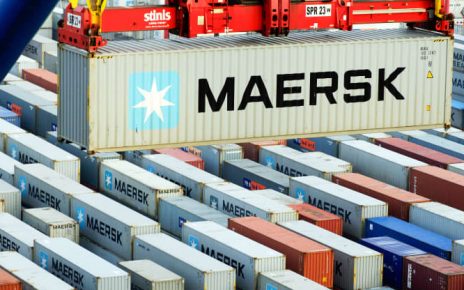On 30th May 2019, Chemical Tanker –FAIRCHEM FILLY Experienced Over pressurization of one cargo tank, which lead to rupture and also loss of cargo during discharging operations. Ship was alongside Vopak Terminal at Houston Ship Channel Texas.
Incident Details:
At 4:30 in the morning on 30th May 2019, Chief officer and shore (person in charge) of cargo operations met in the cargo control room and discussed the plan of the cargo discharge. Both the parties understood and signed ‘Ship/Shore Safety Checklist’ and other related documents. Plan was to discharge Hexene(From 2S, 3S, 3P) and MBIK (From 1P) , which used nitrogen blanketing for avoid cargo coming in contact with oxygen. Ship will use shore nitrogen in order to do the blanketing. By using pressure reducing station at shore, Nitrogen was being supplied at 6.2 bars to the ship from 11+ bars. Shore PIC gave Chief Officer an additional radio for contacting shore personals in case of any emergency and was set to channel 4.
Later necessary connections were made with the help pump man of ship, 4 inch hose without an orifice was used for nitrogen supply to ship manifold. To control the flow of the nitrogen, the shore used a 4-inch gate valve, and the vessel used a 6-inch butterfly valve.
At 5:40 AM, there was change of shift at the port and shore PIC made handover with the previous person in charge. No information was sent in this matter to ship. After making sure that all hoses are connected correctly, shore staff gives ok to discharge to ships personals. At 7:05, chief officer started cargo pump to discharge hexane from tank 3P and 3S. Ship already had around nitrogen blanketing in the cargo tanks with an approximately 2-psi pressure. At 7:38, CO got a low pressure alarm on both the tanks. He tried to contact shore PIC about the status of nitrogen, but no communication established. Nitrogen blanket was fast going down. During this chief officer told pump man on radio to fully open the butterfly valve on ships end. Thus making the ship entirely dependent on the terminal’s valve to regulate the flow of nitrogen. At this time, the chief officer did not know whether the terminal’s nitrogen valve was open, and if open, what percentage.
At 0748, just 10 minutes after the 3P and 3S low-pressure alarms sounded, the same tanks registered an “ERROR” alarm, indicating a pressure of over 3.2 psi (22 kPa). About the same time, both the 3P and 3S cargo tanks pressure relief valves, which were set to open at 2.9 psi (20 kPa),opened. One crewmember stated that there was “so much noise” coming from the area where the valves were located. Crew also stated that the entire vessel “surged.” Ballast water began flowing through the number 3 port wing ballast tank vent and down onto the deck. At 0749, the ship’s crew turned off the cargo pumps for both the hexene and MIBK and responded to prevent the accumulating ballast water from spilling over the side of the vessel. After several minutes, communication was re-established between the ship’s chief officer and the Vopak PIC (dockman) via radio. The chief officer informed the Vopak PIC that the vessel had experienced an over pressurization of its 3P and 3S cargo tanks and that the 3P cargo tank had ruptured, releasing hexene into the adjacent ballast tank. Both the terminal and the vessel closed their respective valves, and cargo transfer operations ceased. This caused a total loss of $850000 to ship in terms of repairs and cargo loss. For detailed investigation as what caused this incident to happen, can be read here.



